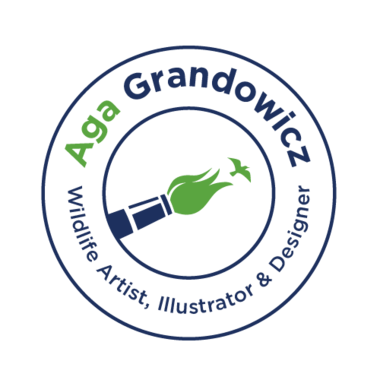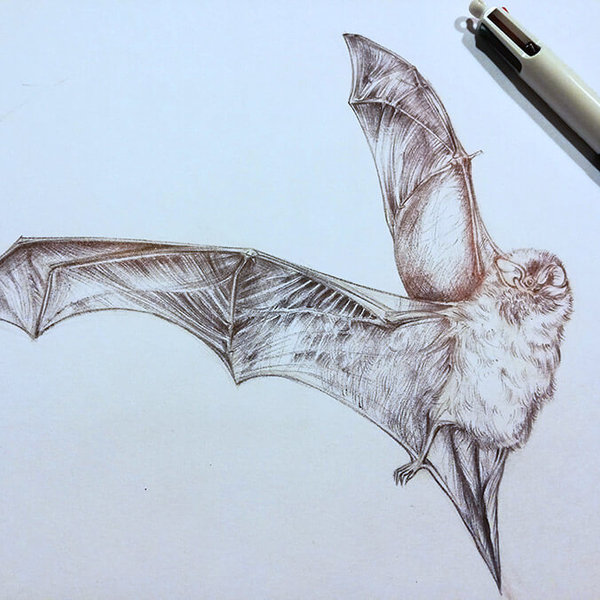I have been working on a series of Irish bat drawings, which are shown in the photos above.
Bats have often been portrayed in literature and media as evil, bloodsucking creatures, but in reality, they mostly feed on insects and fruit.
While some bats do feed on animals for blood, they are rarely harmful to humans.
Did you know that one in every five species of mammal is a bat?
With over 1400 species present across the length and breadth of our planet, bats come in all shapes and sizes.
The smallest bat, Kitti's hog-nosed bat, is about an inch and a half long, while the largest, the Giant golden-crowned flying fox, has a wingspan of up to 67 inches.
Some of the Irish bat species I have drawn include the Soprano Pipistrelle, Nathusius's pipistrelle, and Daubenton's bat.
Soprano Pipistrelle or the brown pipistrelle is a small bat found throughout Europe in rooftops and houses.
The common pipistrelle uses a call of 45 kHz, while the soprano pipistrelle echolocates at 55 kHz.
Nathusius’s pipistrelle, very similar to common pipistrelle is a small bat found in Western Europe, Turkey and parts of Caucasus.
It has a small head and body about 46-55 mm in length with a wingspan of about 220-250mm. It is a migratory bat that travels from northern and eastern areas moving south-west for the winter.
Daubenton’s bat, named after French naturalist Louis-Jean-Marie Daubenton, is a small to medium-sized bat.
It has fluffy fur, brownish-grey on the back and silvery-grey on the underside, reddish-pink faces and noses with the wings and tail membrane generally brown.
I find bats to be fascinating creatures to draw. Do you also enjoy bat art and wildlife art? Let me know in the comments.





